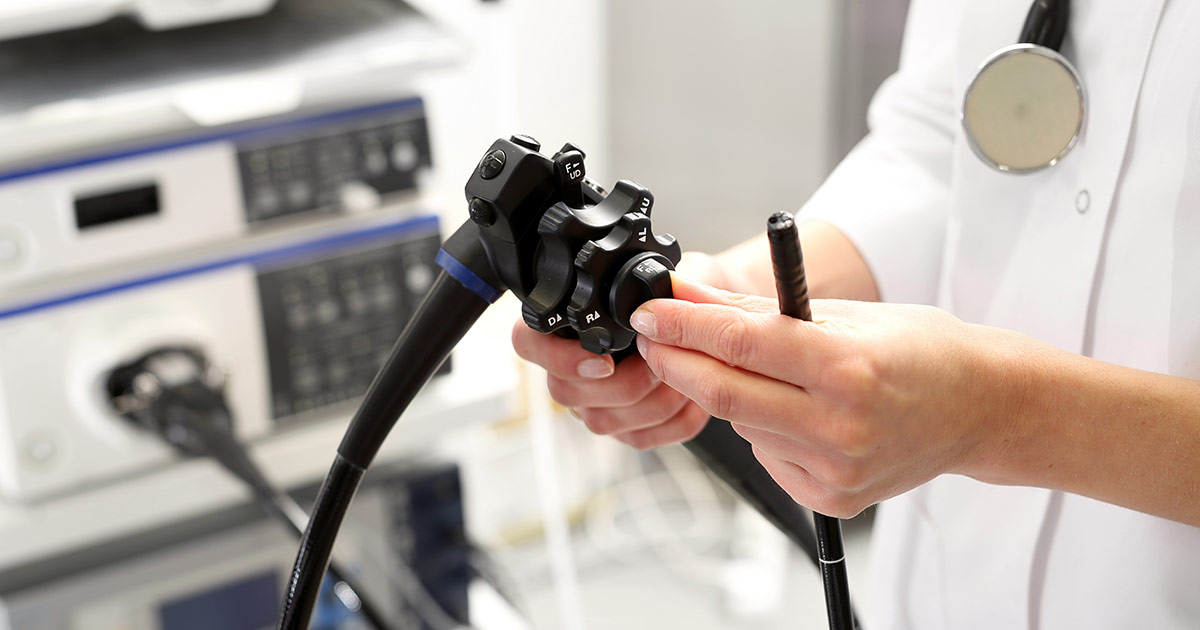Guide To Getting A Colonoscopy
A colonoscopy is a medical procedure utilized to allow a physician to view and directly image the inside of a patient's large intestine. A colonoscopy is very helpful in the diagnosis of numerous disorders of the gastrointestinal system and providing treatment for certain gastrointestinal problems. Colonoscopies are used frequently to screen patients for colon cancer once they meet certain high-risk criteria. The dual use of a colonoscopy is what makes it a viable and economical option and technique for the screening, examination, and treatment of intestinal abnormalities and growths. A colonoscopy is performed with specialized instruments and a colonoscope. A colonoscope is an easily maneuverable and flexible instrument with a camera on the end of it. All individuals who undergo a colonoscopy are sedated with some form of anesthesia to ensure they feel no pain or discomfort.
Learn the facts about a colonoscopy and what to expect from one now.
What It's Used For

A colonoscopy is a procedure used for the examination of an individual's large intestine and rectum. This type of screening can be done to check for colon cancer and other problems in a patient's intestinal tract. These problems may include colon polyps and other growths, diverticulosis, bleeding in the intestines, inflammatory bowel disease, the underlying cause of bowel habit changes, pain in the abdominal and pelvic regions, intestinal obstruction, abnormal CT scans, abnormal MRIs, and abnormal x-rays. A colonoscopy is also used to find the underlying cause of chronic constipation, chronic diarrhea, and unexplained weight loss. Every individual who is past their fifth decade of life who has an average risk of developing colon cancer should have a routine colonoscopy at least once per decade. Individuals considered to be at an increased risk of developing colon cancer should have a routine colonoscopy on a more frequent basis. Upon following the proper colonoscopy screening guidelines, between seventy-six and ninety percent of all cases of colon cancer can be prevented or found at the precancerous stage.
Get the details on preparing for a colonoscopy now.
Preparing For The Procedure

Most individuals who undergo a colonoscopy describe the most undesirable part of the process as the pre-procedure preparation. A key requirement for the administration of a successful and smooth colonoscopy is the emptying of the contents of the patient's colon. Several days before the procedure, a patient needs to consume a diet that is low in fiber. During the last twenty-four hours before the procedure, patients should only be consuming clear liquids like tea, broth, and juice. The day before the colonoscopy, the patient will consume a specific liquid that stimulates unpleasant bowel-clearing diarrhea. The physician may prescribe them a strong laxative medication to help move the bowel-clearing process along better. This process results in forceful and frequent episodes of diarrhea that may or may not be accompanied by bloating, cramping, nausea, abdominal discomfort, and vomiting. The taste of these laxative mixtures may be bitter and unpleasant, so it is often recommended for the patient to mix it with drinks or flavorings for easier consumption.
Read more to learn about how the procedure itself works next.
How The Procedure Works

A physician who specializes in gastroenterology procedures is the one performs a patient's colonoscopy. A colonoscopy lasts for between thirty and sixty minutes, and the patient is sedated with gas or intravenous anesthesia throughout. Once the patient is sedated, a colonoscope or long, flexible tube with a camera on the end of it is passed into the colon and projects a real-time video of what is seen by the camera to a monitor. The colonoscope can bend and fit the curves of the large intestine without puncturing it. The colonoscope used for the procedure can also blow air into the large intestine to give the physician a better view. If abnormalities are discovered during a colonoscopy, a biopsy can be performed using small instruments passed through the colonoscope to examine the abnormal or suspicious cells. When the physician is finished with their examination, they will slowly remove the colonoscope. The patient is then transferred to recovery where they stay for about an hour for observation.
Get familiar with the risks associated with a colonoscopy now.
Risks Of The Procedure

In individuals who are considered at average risk, complications occur in twenty-eight of every one thousand colonoscopies. This risk of experiencing complications increases when a physician discovers abnormalities in the intestine or has to remove a piece of tissue for a biopsy. One of the biggest complications that can occur during a colonoscopy is intestinal perforations, which describes the presence of tiny tears or lacerations in the colon or rectum wall. These perforations are produced when a physician's instrument accidentally puts too much pressure on the patient's bowel to the point of tearing the tissue. Small intestinal perforations can be managed with bed rest, antibiotics, and watchful waiting, while more significant intestinal perforations in the bowel may require emergency surgical repair and medication. A patient who does have tissue samples removed from their colon during the procedure may experience post-procedure bleeding. Post-polypectomy electrocoagulation syndrome is another uncommon complication of a colonoscopy and it is caused by colon injury during the procedure.
Discover the details surrounding the recovery process associated with a colonoscopy now.
Recovery Process

Patients who do not experience any complications will return home the same day they have the colonoscopy, as it is considered an outpatient procedure. Because anesthesia or sedation is used for a colonoscopy, patients will require a ride home from the medical facility. Side effects of anesthesia may take several hours to wear off, such as nausea, drowsiness, and bloating. Most patients can resume their regular activities the day following their procedure. The results of a colonoscopy are usually provided to patients at their follow up appointment with their gastroenterologist, as they are still under the effects of anesthesia directly following the procedure. If a patient has a biopsy performed during their colonoscopy, the results may not become available for at least several days because they have to be sent to a laboratory for due process. Instructions on what to eat and what symptoms to watch for following the procedure are provided to the patient and their caregiver.